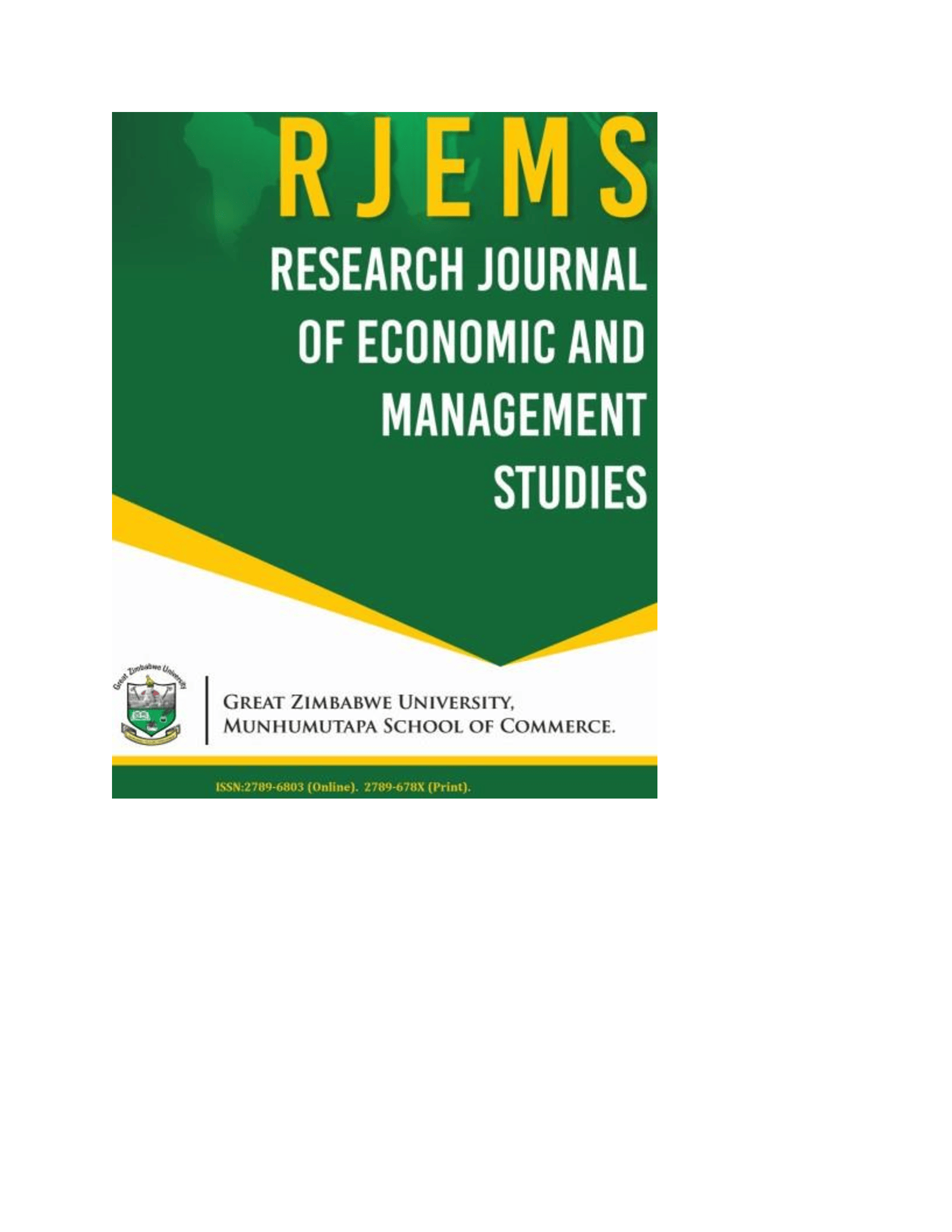Foreign Aid-Growth Nexus in Zimbabwe: An ARDL-Bounds Testing Approach
Keywords:
ARDL, economic growth, foreign aid, Granger-causalityAbstract
The aid-growth nexus continues to be an ongoing developmental issue because of the following two questions that remain unanswered. First, why do foreign aid recipients remain poor? Second, why do developed countries continue to give aid, irrespective of how the proceeds are used in receiving countries? Zimbabwe‟s economy is, since 1997, characterised by poor exports performance, increasing public debt burden, and poor foreign direct investment flows. The result is insufficient gross national savings to promote sustainable economic development through sound investment. One known feasible way in literature to finance this savings gap is through foreign aid. This study, therefore, aims to investigate the impact and causal relationships between foreign aid and economic growth in Zimbabwe using an autoregressive distributed lag (ARDL) approach and an error correction model (ECM) based Granger-causality framework. The impact results suggest a long run relationship between foreign aid and economic growth, while causality results show no evidence of causality between the two variables. Policy implications are discussed


